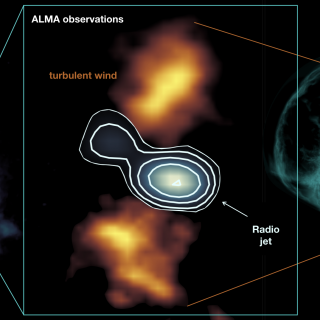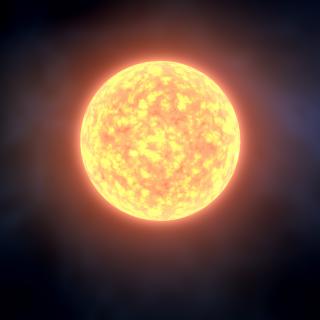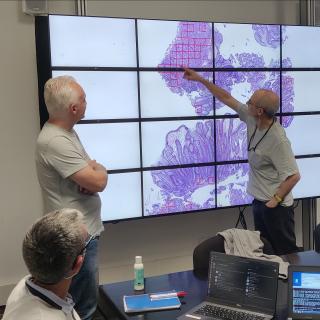
A study led by Anelise Audibert, a researcher at the Instituto de Astrofísica de Canarias (IAC), reveals a process that explains the peculiar morphology of the central region of the Teacup galaxy, a massive quasar located 1.3 billion light-years away from us. This object is characterized by the presence of expanding gas bubbles produced by winds emanating from its central supermassive black hole. The study confirms that a compact jet, only visible at radio waves, is altering the shape and increasing the temperature of the surrounding gas, blowing bubbles that expand laterally. These findings
Advertised on



